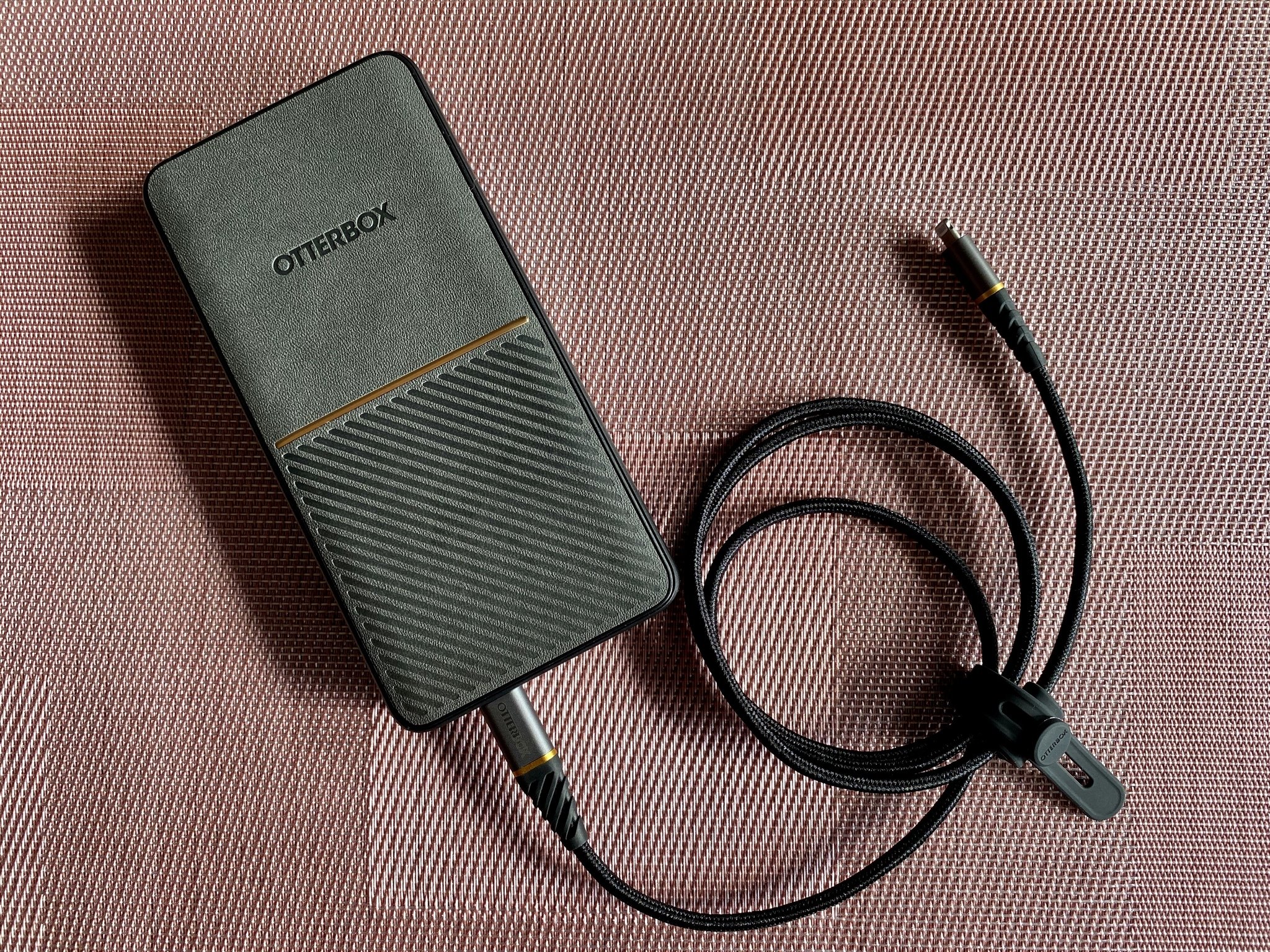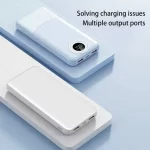Charging your power bank correctly is crucial to ensure its longevity and efficiency. Whether you’re using it daily or just occasionally for travel or emergencies, proper charging practices can make a significant difference in performance. Here’s a comprehensive guide on how to charge your power bank correctly to maximize its lifespan and effectiveness.
Understanding Your Power Bank’s Specifications
Before charging your power bank, it’s essential to understand its specifications. Different power banks may have varying capacities, input and output ratings, and charging methods. Typically, power banks come with a user manual that outlines these details. Pay attention to the input voltage and current requirements specified by the manufacturer, as using incorrect chargers can damage your power bank or reduce its lifespan.
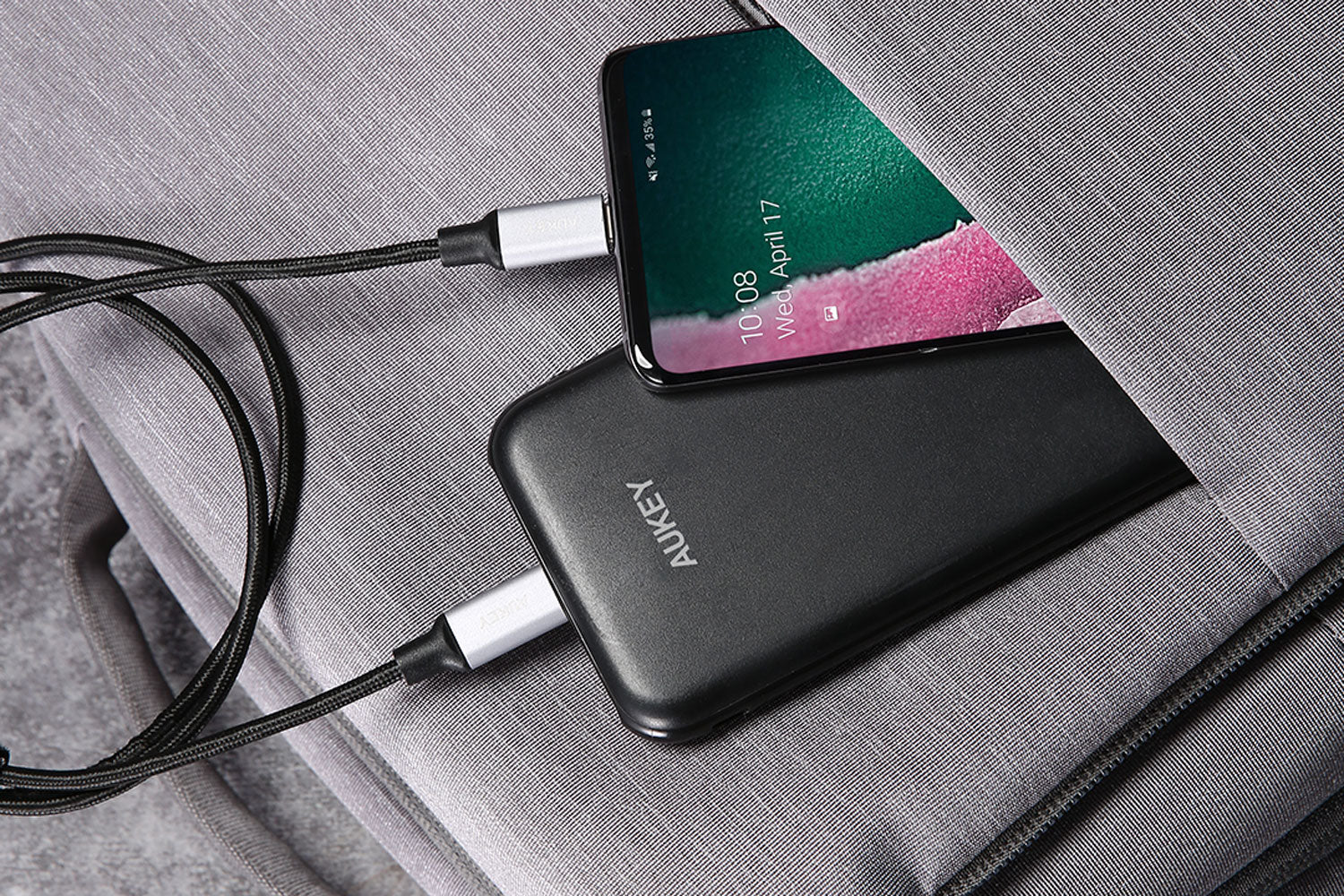
Using the Correct Charger
Always use the charger provided by the manufacturer or a certified replacement that matches the specifications of your power bank. Using a charger with a different voltage or current output than recommended can lead to overheating, overcharging, or even damage to the battery cells inside the power bank. If you’re unsure about compatibility, refer to the user manual or contact customer support for guidance.
Plugging in Your Power Bank
When plugging your power bank into a power source, ensure the connection is secure and stable. Use a reliable outlet or USB port to avoid fluctuations in power that could affect the charging process. For optimal results, plug your power bank directly into a wall outlet rather than using extension cords or multi-port USB hubs, which may not provide consistent power delivery.

Monitoring the Charging Process
While your power bank is charging, keep an eye on its status indicators, if available. Most modern power banks feature LED lights or displays that indicate the charging progress or battery level. Monitoring these indicators helps you gauge how much charge is remaining and when the power bank is fully charged. Avoid leaving your power bank unattended during charging to prevent overheating or potential safety hazards.
Understanding Charging Timeframes
The time it takes to charge your power bank fully depends on several factors, including its capacity, the input current of the charger, and the current charge level. Larger capacity power banks generally take longer to charge compared to smaller ones. As a general rule, a full charge can take anywhere from a few hours to overnight. Refer to the user manual for specific charging timeframes recommended by the manufacturer.
Avoiding Overcharging and Undercharging
Overcharging and undercharging can both impact the lifespan and performance of your power bank. Overcharging occurs when you leave your power bank plugged in after it reaches 100% charge, which can stress the battery cells and reduce overall capacity over time. On the other hand, undercharging your power bank regularly can lead to battery depletion and affect its ability to hold charge effectively. Aim to unplug your power bank once it reaches full charge to avoid overcharging issues.
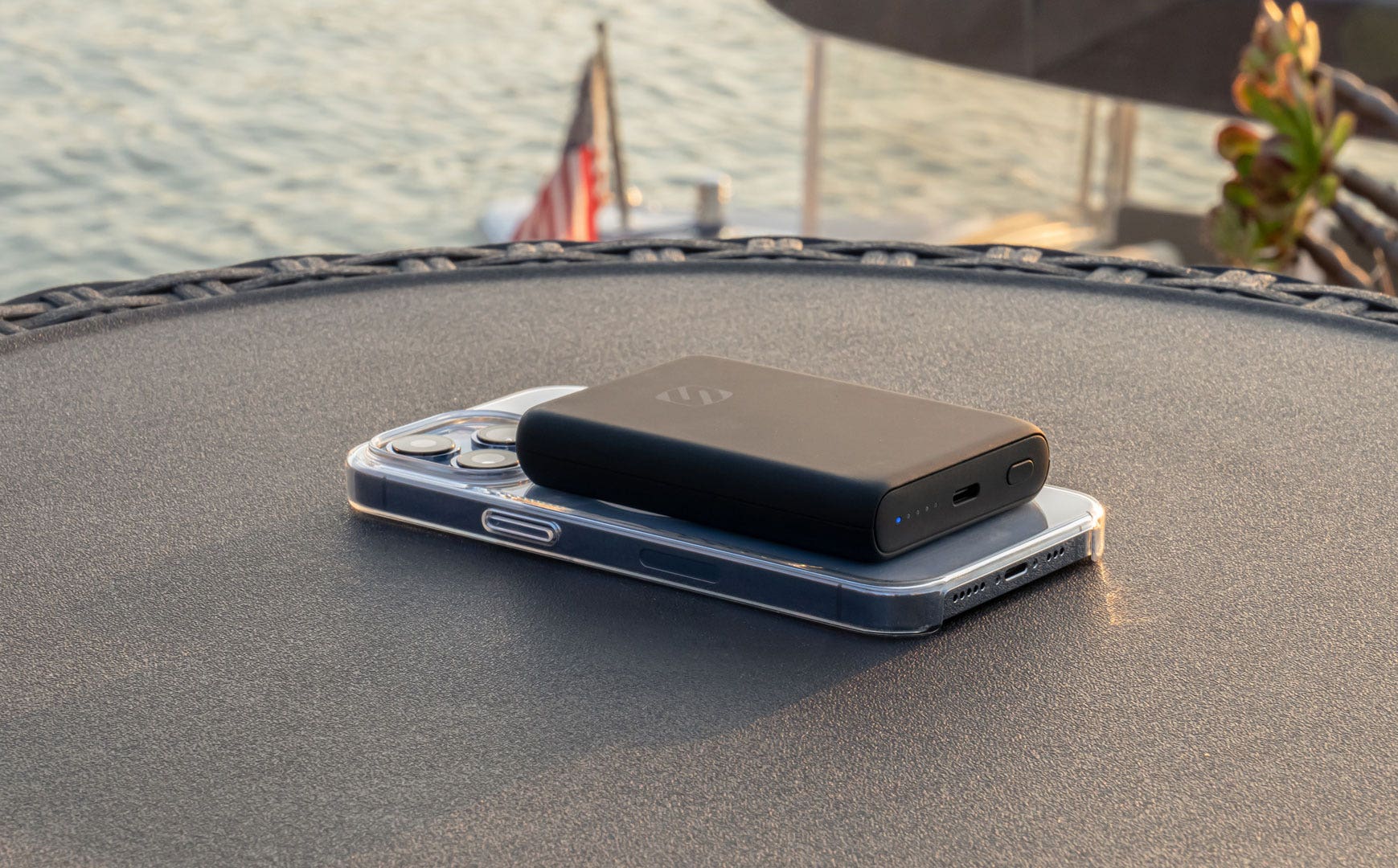
Storing Your Power Bank Correctly
When not in use, store your power bank in a cool, dry place away from direct sunlight and extreme temperatures. Avoid storing it fully discharged or fully charged for extended periods, as this can lead to capacity loss or damage to the battery cells. If you anticipate not using your power bank for an extended period, aim to keep it at around 50% charge to maintain battery health.
Using Your Power Bank Regularly
Regularly using your power bank helps maintain its performance and longevity. Lithium-ion batteries, commonly used in power banks, benefit from being exercised through regular charging and discharging cycles. If you use your power bank infrequently, aim to charge and discharge it at least once every few months to keep the battery cells active and prevent them from deteriorating due to inactivity.
Troubleshooting Charging Issues
If you encounter issues with charging your power bank, such as slow charging or the power bank not charging at all, there are several troubleshooting steps you can take. Firstly, ensure the charger and cable are working correctly by testing them with another device. Clean the charging port of your power bank using a soft brush or compressed air to remove any dust or debris that may be obstructing the connection. If problems persist, contact customer support for further assistance.
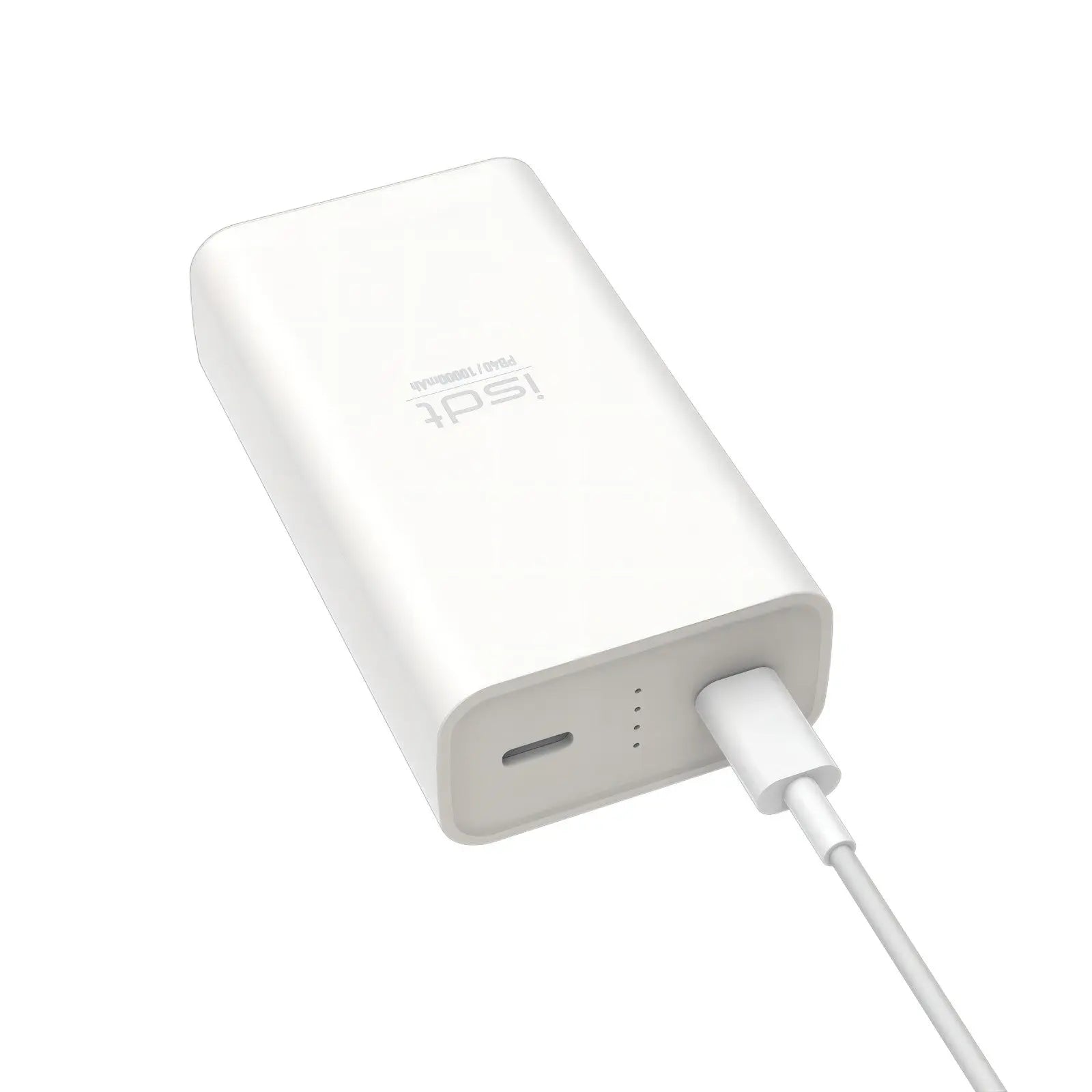
Maintaining Safety Precautions
Lastly, always prioritize safety when charging your power bank. Avoid exposing it to water or other liquids, as this can damage the internal components and pose a safety risk. Use only certified chargers and cables to minimize the risk of overheating or short circuits. If you notice any unusual behavior, such as excessive heat or swelling of the power bank, stop using it immediately and seek professional assistance.
Choosing the Right Charging Environment
Selecting the appropriate environment for charging your power bank can contribute significantly to its longevity and safety. Here are some additional tips:
1. Avoid Extreme Temperatures: High temperatures can accelerate battery degradation, while very low temperatures can temporarily reduce battery efficiency. Charge your power bank in a room-temperature environment whenever possible.
2. Use a Stable Surface: Place your power bank on a stable surface during charging to prevent accidental falls or damage to the charging port.
3. Consider Charging Cases: If you use a protective case for your power bank during transport, ensure it allows sufficient ventilation to prevent overheating during charging.
4. Regularly Update Firmware: Some high-end power banks offer firmware updates that can optimize performance and address potential charging issues. Check the manufacturer’s website or app for any available updates periodically.
5. Dispose of Old Power Banks Responsibly: When your power bank reaches the end of its lifespan and no longer holds a charge effectively, recycle it according to local regulations. Many electronics stores and recycling centers accept old power banks for proper disposal.
Conclusion
By following these guidelines on how to charge your power bank correctly, you can ensure it remains in optimal condition for extended use. Understanding your power bank’s specifications, using the correct charger, monitoring the charging process, and maintaining regular usage are key steps to maximize its lifespan and efficiency. Remember to store your power bank properly and troubleshoot any charging issues promptly to enjoy reliable power whenever you need it.
